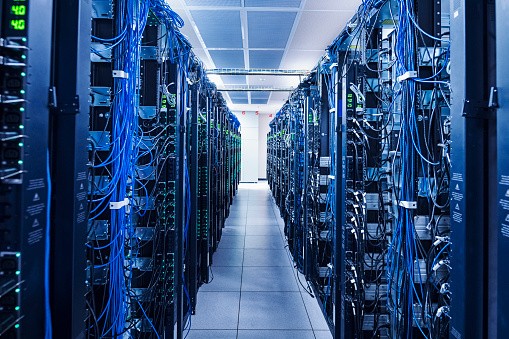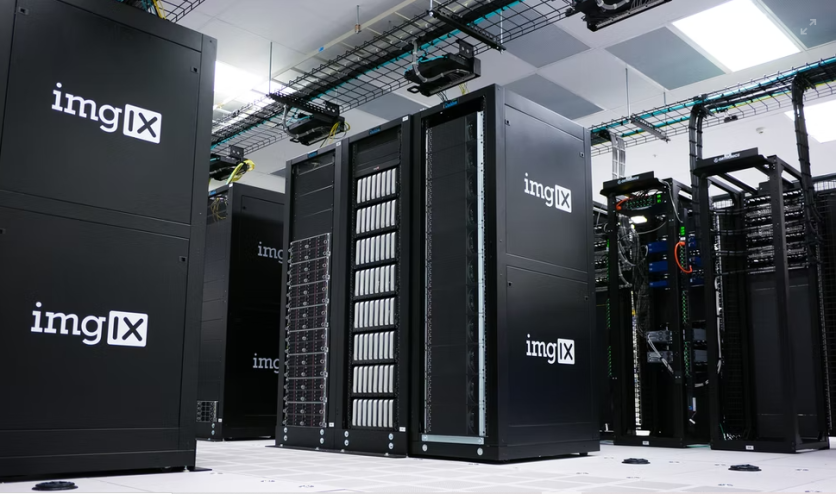Cloud computing sales could be dictated by a rather unexpected purchasing factor: their carbon emissions, by 2025. That is according to a recent report by business research firm Gartner.

VentureBeat reports that more businesses within the next couple of years will be doing so because of their renewed focus on sustainability. Sustainable business in general is largely being considered an important part of modern entrepreneurial practices, as evidenced by how many companies invested in it in recent times.
An analysis by Gartner indicated that a massive 92% of companies claimed they have increased their investments in sustainability practices. 28% of them made a moderate increase, 37% made a substantial increase, and 27% claimed a significant increase in related investments.
On the other hand, a tiny 5% of companies didn't change anything, and an even smaller 3% said they actually decreased their focus on sustainability. You can check out the full report by Gartner if you're curious.
True enough, a renewed focus on environment-friendly business is what's driving many companies these days. This includes Big Tech juggernauts like Apple, and even retail giant Amazon-who looks to be 100% renewable by 2025 as per their sustainability website-among others.
Furthermore, these companies alongside others are also investing heavily in cloud computing services, which are expected to play a "significant" role in reducing the world's overall energy consumption.
According to the World Economic Forum, the globe is in the throes of a race to zero emissions by cloud service providers. This is due to how data centers, which power the cloud, are responsible for the majority of carbon emissions by tech companies.

Cloud Computing And 'Green' Initiatives Could Be A Challenging Mix
As previously said, cloud services aren't exactly the most environment-friendly ones of all, and that is due to a simple reason: it still requires massively powerful hardware, like those used in data centers, to work. And all that hardware needs to be powered.

Furthermore, there are instances of cloud computing providers like Google partnering with another power-hungry sector: cryptocurrency and blockchain. It was recently reported that Google Cloud is looking to hire crypto experts, which could throw a wrench into further forays into sustainability.
If It Works, It Will Work Beautifully
Suppose that cloud computing will indeed become far more sustainable in the near future. If it does, it will work splendidly. Various forecasts like one from the IDC are saying that sustainable cloud services could eliminate as much as one billion metric tons of carbon emissions over the next four years.
It is still relatively small compared to how many CO2 emissions the world produces in a year (roughly 50 billion metric tons), but it is still an amazing start.

This forecast, however, depends entirely on those who handle cloud facilities in the first place, writes GCN. It falls on them to find ways to manage power capacity efficiently, improve the cooling solutions of their hardware, and take advantage of power-efficient servers in general.
This article is owned by Tech Times
Written by RJ Pierce
![Apple Watch Series 10 [GPS 42mm]](https://d.techtimes.com/en/full/453899/apple-watch-series-10-gps-42mm.jpg?w=184&h=103&f=9fb3c2ea2db928c663d1d2eadbcb3e52)



